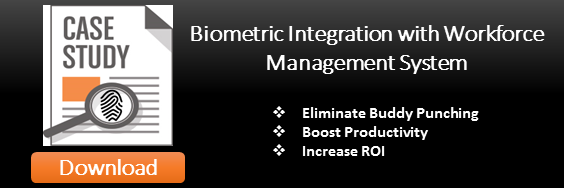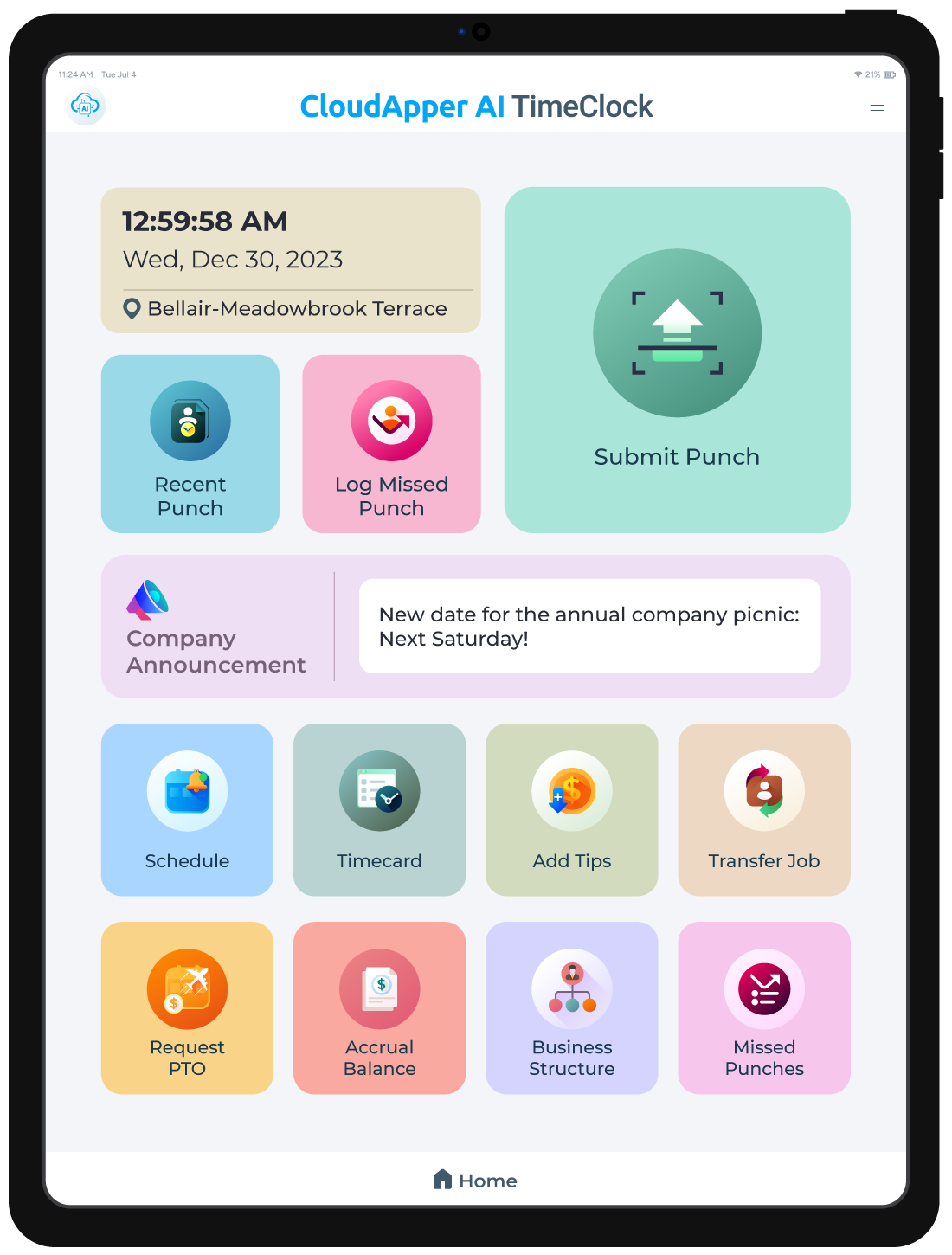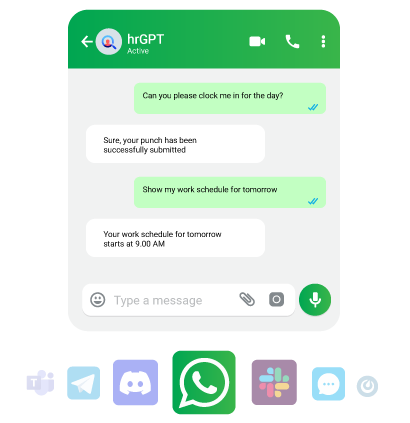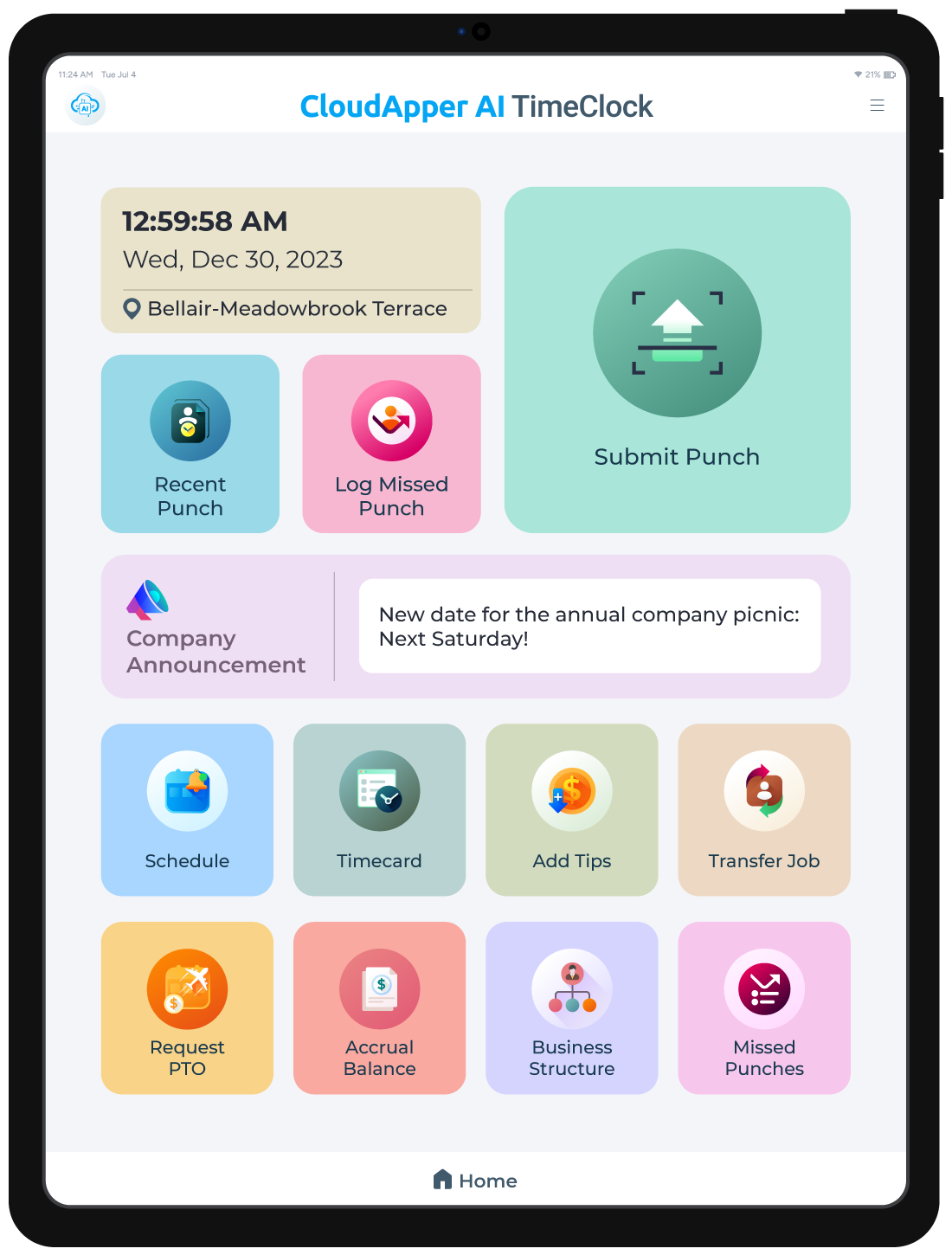The Benefits of using a Biometric Time Clock for Workforce Management
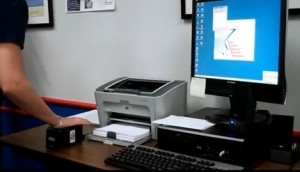
Companies utilizing biometric time clocks to track employee time and attendance are not just the stuff of sci-fi movies anymore. In fact, biometric fingerprint readers have been incorporated into everything from employee time clocks to personal cell phones. Biometric technology offers users higher levels of security and a convenient way of identification that is simply not found with other identification methods.
What is Biometrics?
Biometric technology is the automated method of recognizing a person based on a physiological or behavioral characteristic. Commonly measured biometric features include: faces, fingerprints, finger veins, palm veins, irises and voice. Biometric data is unique and is nearly impossible to be reverse-engineered for criminal purposes.
Why does workforce management need biometric time clocks?
Biometric time clocks capture and match unique human biological characteristics to identify a person. Biometric identification is accurate, secure, and end user solutions can be custom designed to be user to match the unique requirements of any deployment environment. The main reason behind deploying a biometric time clock in workforce management is to eliminate time theft. Biometrics identify a person based on their unique physiological credentials such as a fingerprint, finger vein, palm vein or iris, which cannot be lost, forgotten, guessed, or easily cloned. Therefore, there is less chance of time theft since an employee must be physically present to clock in and out. Additional benefits of biometric time clocks include:
- Elimination of buddy punching: Buddy punching, defined as the practice of punching another employee in or out when they are not there, is the form of time theft most easily eliminated by biometrics. As biometrics characteristics cannot be duplicated, it prevents employees from punching in a co-worker while not present in the workplace.
- Accuracy: Due to the fact that biometric credentials are unique for every individual and cannot be forged or duplicated, biometric identification becomes the most accurate system to identify any employee. Biometric technology will help accurately track employee time and attendance, which can prevent time theft issues such as early arrivals, early departures, and unauthorized overtime.
- Increased Productivity: Eliminating the practice of keeping manual time and attendance records, biometrics saves employee time, decreases staffing overhead, and provides accurate labor data to the payroll system to effectively manage business operations and increase productivity.
- Increased return on investment (ROI): Biometric time clocks can help businesses achieve positive ROI by eliminating buddy punching, employee theft, and other problems caused by inaccuracies and loopholes of an old-fashioned time and attendance system which causes many businesses to unnecessarily lose money each year.
 Audit Trails improve employee accountability: Biometric time clocks create concrete audit trails for employee workforce management time and attendance, which improves responsibility and accountability. Since employees can be accurately identified and held responsible for late attendance and taking frequent, extended, or unscheduled breaks, they tend to become more responsible and accountable for time management, thereby increasing productivity.
Audit Trails improve employee accountability: Biometric time clocks create concrete audit trails for employee workforce management time and attendance, which improves responsibility and accountability. Since employees can be accurately identified and held responsible for late attendance and taking frequent, extended, or unscheduled breaks, they tend to become more responsible and accountable for time management, thereby increasing productivity.- Improved job satisfaction: Sometimes employees have to work overtime to address an unusual situation.However, putting in hours of overtime virtually every day for weeks or even months can eventually wear down even the most enthusiastic worker especially when you are not confident hard work is being recognized. When used correctly, an accurate time clock system will alert you to excessive overtime situation which helps to more fairly balance the workload. As a result, employees do not feel as overworked. When they do work overtime, they can feel confident it has been noticed.
What about privacy?
Addressing privacy concerns, it is important to realize that most biometric time clocks available today in the market do not store a raw image of a fingerprint. Instead, they interpret a digital representation of certain characteristics of your fingerprint, which is called a template. To put it in an easier way, it saves the fingerprint as binary digits, not as a raw image. Every biometric time clock manufacturer has their own algorithm for creating these templates and most of them are not compatible with each other. Therefore, it is nearly impossible to steal and use someone’s biometric template to access his or her personal information in some other platform.
What if employees question hygiene issues?
This concern should not be dismissed right away. Instead, you should assure employees that the time clock’s biometric scanning area is not a hot zone for germs. In fact, it will be touched far less frequently than restroom door handles, water cooler spigots, or chairs in the break room. If there are still concerns, you should look for touchless a biometric modality such as iris recognition.
Conclusion
Employers are not the only ones who benefit from adopting a biometric time clock system. Employees can also be enthusiastic about it when they understand the benefits it brings to them. The earlier and more often you involve employees in the process, the more likely it is you will start realizing the cost and time saving attributes of the new biometric time clock system.
When you are ready to implement a biometric time clock system, don’t forget to take a look at our RightPunch™ biometric time clock solution.

